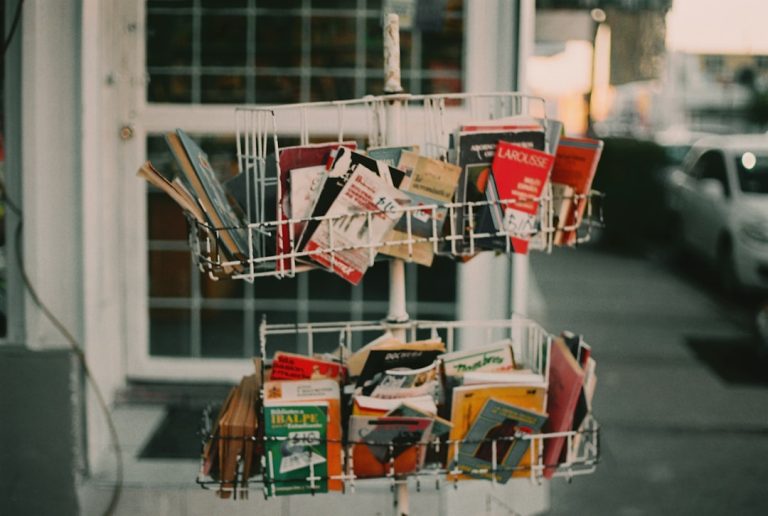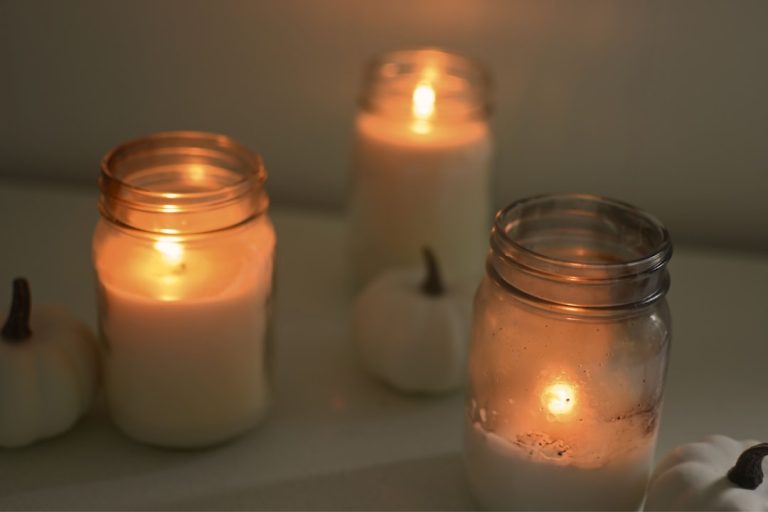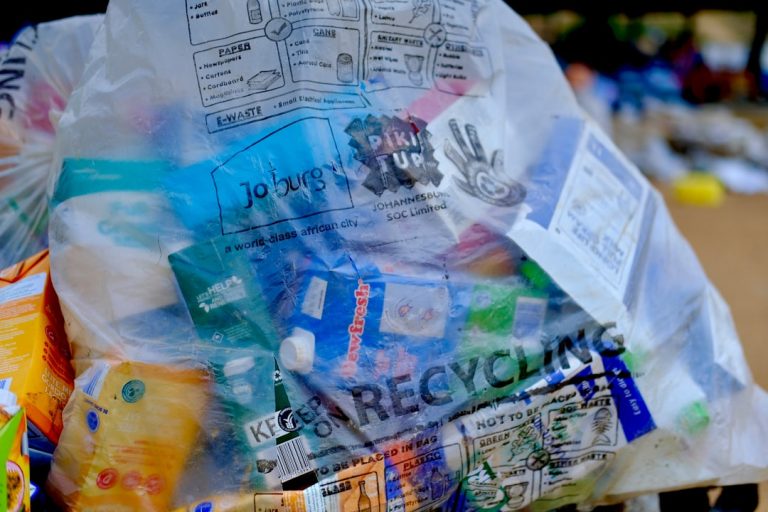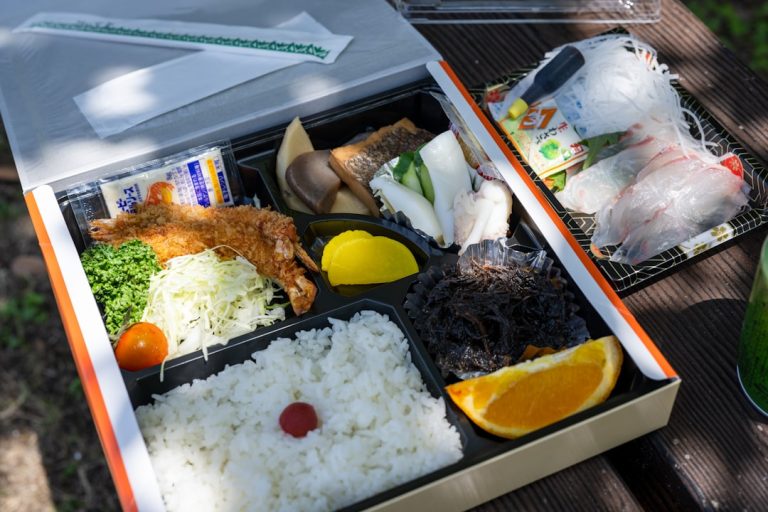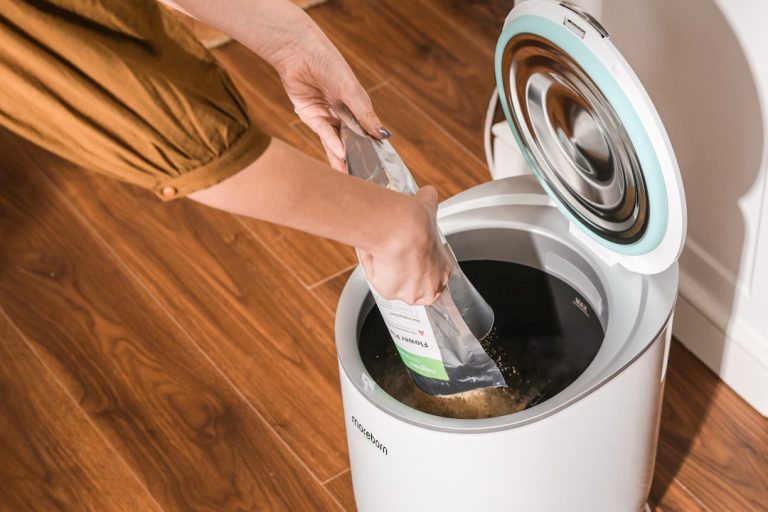My Review of Zero-waste Stores and Refill Stations Near Me.
My Review of Zero-waste Stores and Refill Stations Near Me.
Embarking on a zero-waste journey can feel like navigating a new world, especially when it comes to shopping. For years, I’ve been intrigued by the concept, but the practicalities always seemed a bit daunting. Where do I even begin? Do I have to make everything myself? And most importantly, are there actually accessible options for packaging-free shopping right here, near me?
This curiosity finally pushed me to actively seek out and experience the zero-waste stores and refill stations in my local area. What I discovered was a blend of delightful surprises, minor challenges, and a profound shift in how I approach my weekly errands. This isn’t just a generic overview; this is a personal chronicle, a candid review of my actual experiences, observations, and the tangible impact these local hubs have had on my pursuit of a more sustainable lifestyle.
Locating My Local Eco-Hubs: The Hunt for Packaging-Free Goodness
The first step in my zero-waste shopping adventure was simply finding where these mythical “refill stations” actually were. It wasn’t as straightforward as searching for the nearest supermarket, but it wasn’t an impossible quest either. My strategy involved a mix of digital detective work and good old-fashioned community intel.
Digital Scouting and Word-of-Mouth Discoveries
My initial search began, as most things do these days, online. I used search terms like “zero waste store near me,” “refill station [my city/neighborhood],” and “bulk food store [my area].” Google Maps was a surprisingly useful tool, often highlighting small businesses I might have otherwise missed. What truly helped, however, was tapping into local online communities – Facebook groups focused on sustainable living, local foodies, or even neighborhood forums. These platforms provided invaluable recommendations, often with personal endorsements and specific details about what each store offered. It was through these discussions that I learned about a small, dedicated zero-waste shop tucked away in a downtown alley and a larger health food store that had recently expanded its bulk section.
Initial Hurdles: Proximity vs. Availability
One of the first things I realized was that “near me” is a relative term. While I found a couple of options within a reasonable driving distance (15-20 minutes), none were truly “walkable” for a full grocery run. This meant factoring in travel time and fuel consumption, which slightly counteracted the immediate environmental benefits. It also highlighted a common challenge for many: accessibility. For someone without a car, or living further afield, these options might still be out of reach. However, the fact that they existed at all felt like a victory, a sign that the movement was gaining traction even in my suburban-ish locale.
Stepping Inside: First Impressions and the Product Spectrum of My Nearby Refilleries
With my list of local spots in hand, I embarked on my first exploratory visits. Each store had its own unique personality, but a common thread of intention and community spirit ran through them all. My initial impressions were crucial in shaping my overall review.

The Aesthetic and Atmosphere: Beyond Just Bulk Bins
The dedicated zero-waste store, “The Green Pantry” (a name I’ll use for anonymity), immediately struck me with its clean, bright, and inviting atmosphere. It wasn’t just a utilitarian space; it felt like a curated experience. Wooden shelves lined with rows of glass jars, stainless steel bulk dispensers, and colorful, reusable produce bags created a sense of calm and order. The air smelled faintly of essential oils and fresh herbs, a stark contrast to the often overwhelming sensory overload of a conventional supermarket. The larger health food store, while having a dedicated bulk section, felt more like an add-on to its existing model, though still well-stocked and functional.
What truly stood out was the staff. At “The Green Pantry,” the owner was incredibly knowledgeable and passionate, eager to explain how everything worked, offer tips, and even share anecdotes about their own zero-waste journey. This human connection was a refreshing change and made the learning curve feel less steep. It wasn’t just a transaction; it was an exchange of values and encouragement. This level of engagement significantly enhanced my review of their service.
From Pantry Staples to Personal Care: What I Found on the Shelves
The product range at these local refill stations was surprisingly comprehensive, though with varying degrees of specialization. “The Green Pantry” excelled in household essentials and dry goods:
- Dry Goods: An impressive array of organic grains (oats, rice, quinoa), pasta, lentils, beans, nuts, seeds, and dried fruits. I could fill my guide to starting your zero-waste journey with these options alone.
- Spices and Herbs: A delightful selection of bulk spices, allowing me to buy just the small amount I needed for a specific recipe, reducing waste and ensuring freshness.
- Oils and Vinegars: Large dispensers for olive oil, apple cider vinegar, and even some specialty oils.
- Cleaning Supplies: This was a game-changer! Bulk laundry detergent, dish soap, all-purpose cleaner, and even toilet bowl cleaner. Being able to refill my existing bottles felt incredibly satisfying. I even got some ideas for DIY zero-waste cleaning recipes.
- Personal Care: Shampoo, conditioner, body wash, hand soap, and even some bulk lotions. They also offered solid shampoo bars, bamboo toothbrushes, and reusable cotton pads.
- Local Produce: A small but thoughtfully curated selection of seasonal, unpackaged produce from local farms.
The health food store’s bulk section also offered many of these, with a particular strength in nuts, seeds, and granola, but lacked the extensive cleaning and personal care refills of the dedicated zero-waste shop. My review immediately noted the advantage of the specialized store for truly embracing a refill lifestyle.
Weighing the Experience: Cost, Convenience, and Community at My Local Zero-Waste Spots
Beyond the initial awe, the practicalities of zero-waste shopping quickly came into focus. How did the cost compare? Was it truly convenient? And what about the less tangible aspects like community connection?
Unpacking the Price Tag: Value vs. Volume
One of the most common questions I hear is about cost. My review found that it’s not a simple yes or no answer. For some items, particularly organic dry goods and specialty items, the price per gram/ounce at the zero-waste stores was comparable to, or sometimes slightly higher than, conventional supermarkets. However, for cleaning supplies and personal care items, refilling often proved to be significantly more economical in the long run. Buying just the quantity you need also prevents waste and saves money on unused ingredients. For example, buying a small amount of an exotic spice for one recipe is far cheaper than a large jar that might expire before it’s finished.
The initial investment in reusable containers (if you don’t already have them) can also factor into the perceived cost, but this is a one-time expense that pays dividends over time. My overall impression is that zero-waste shopping isn’t necessarily cheaper upfront for *everything*, but

